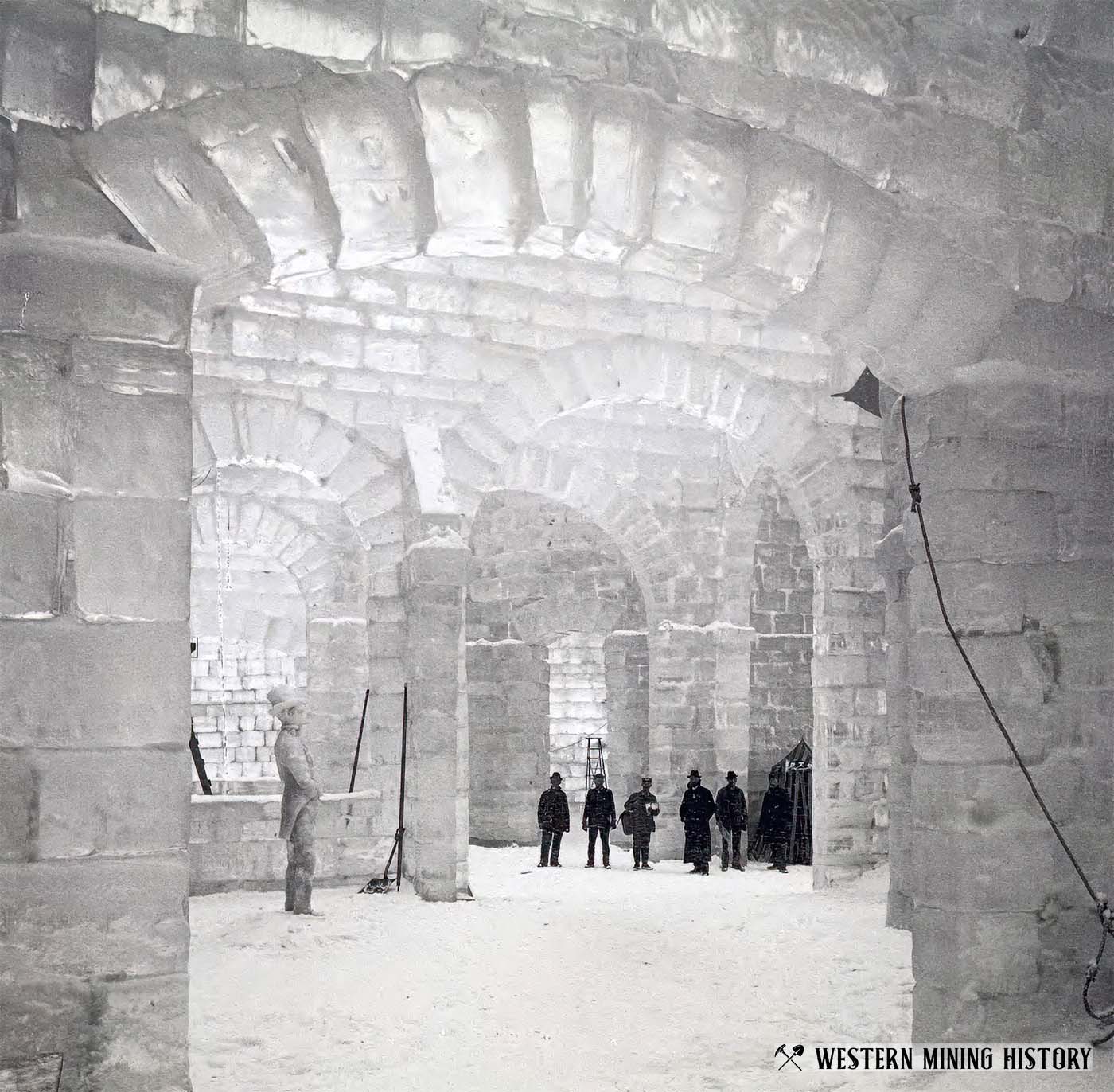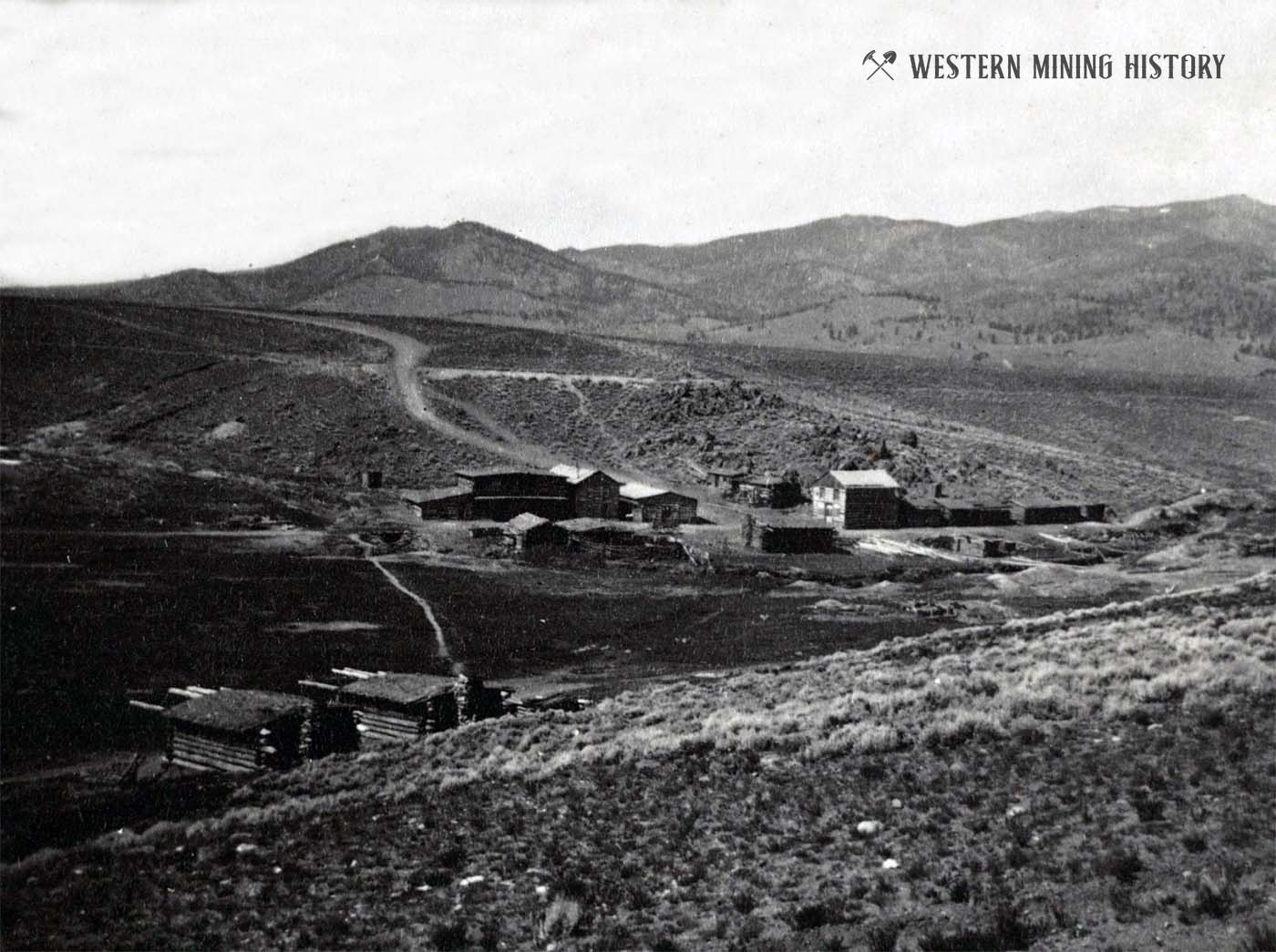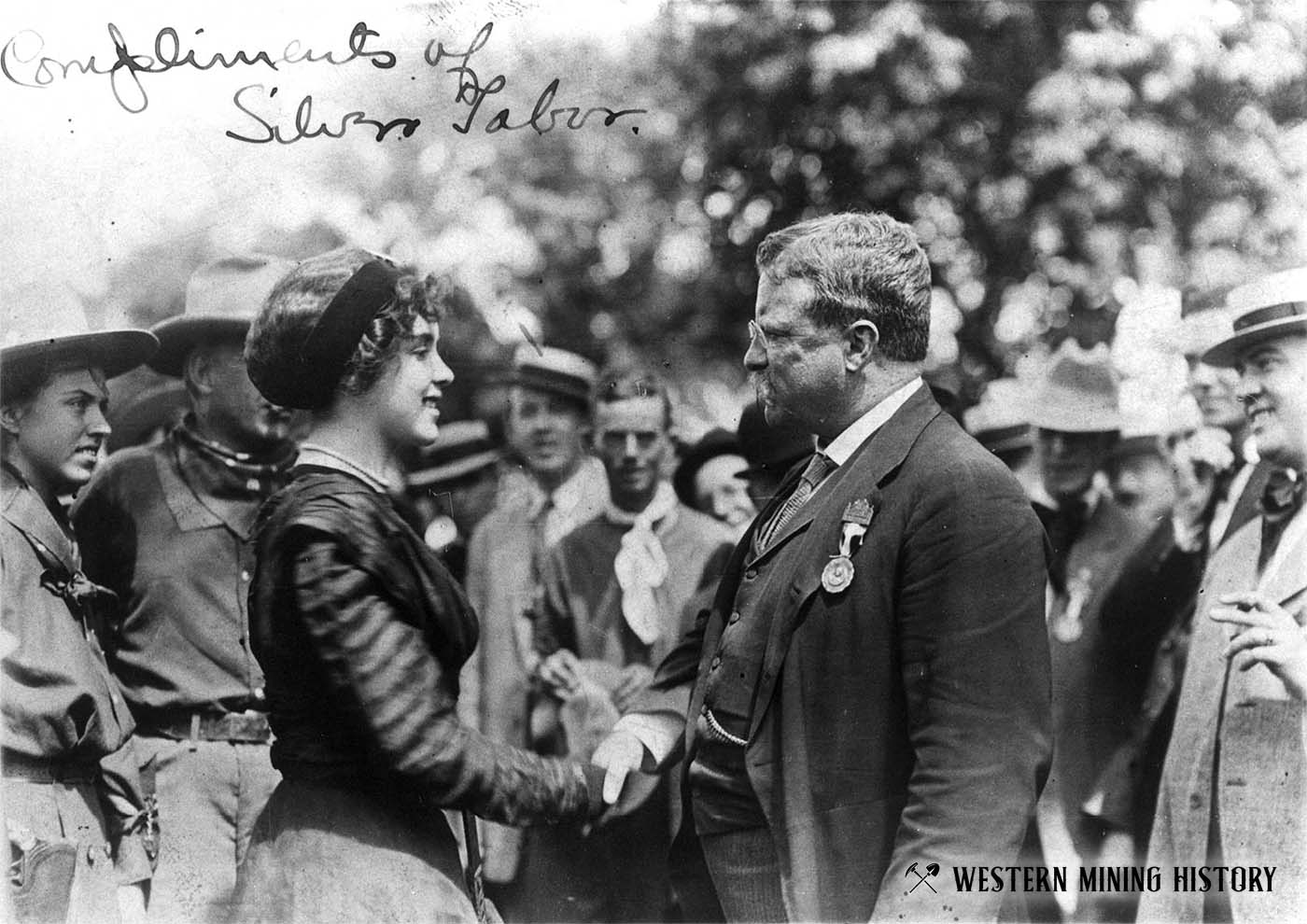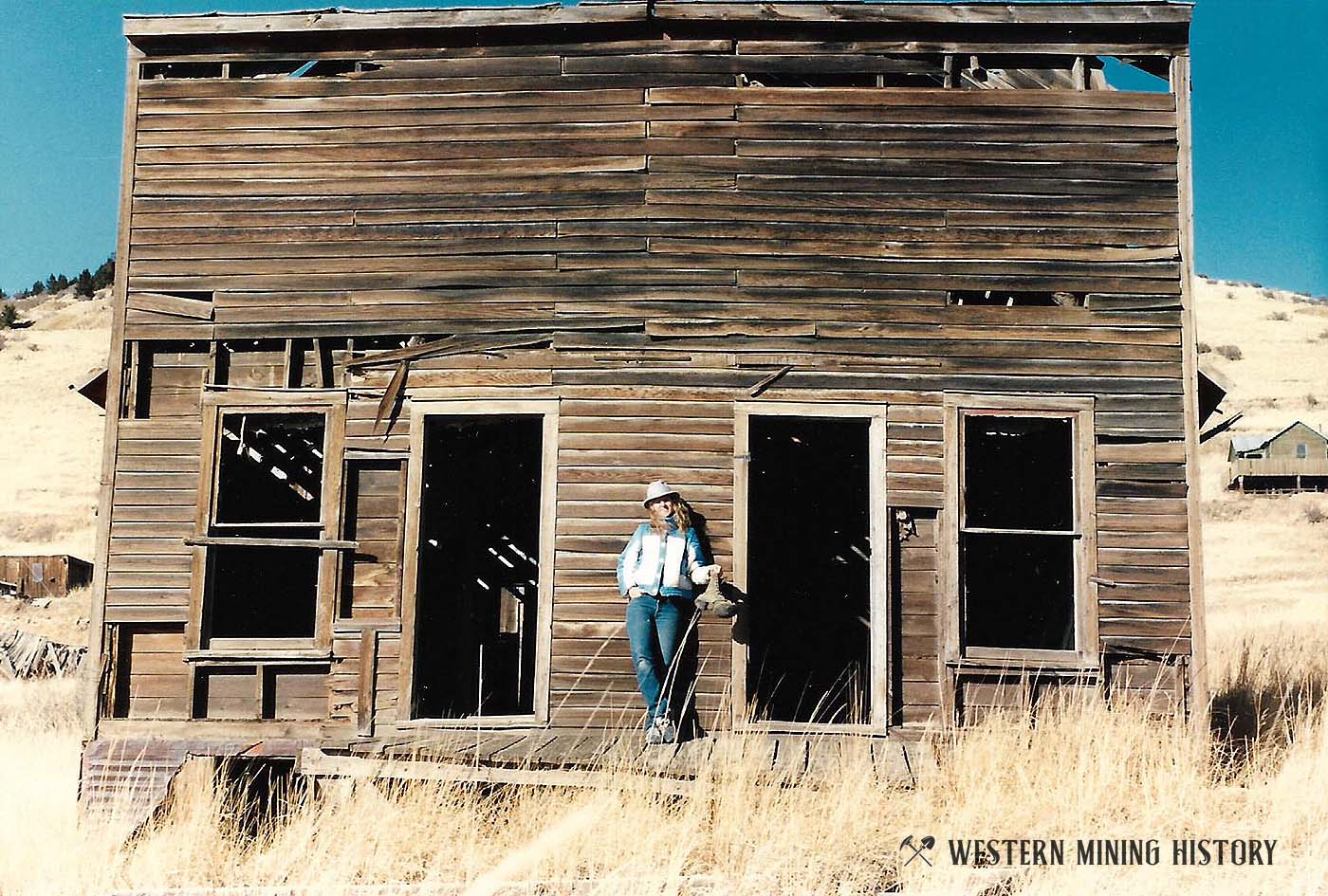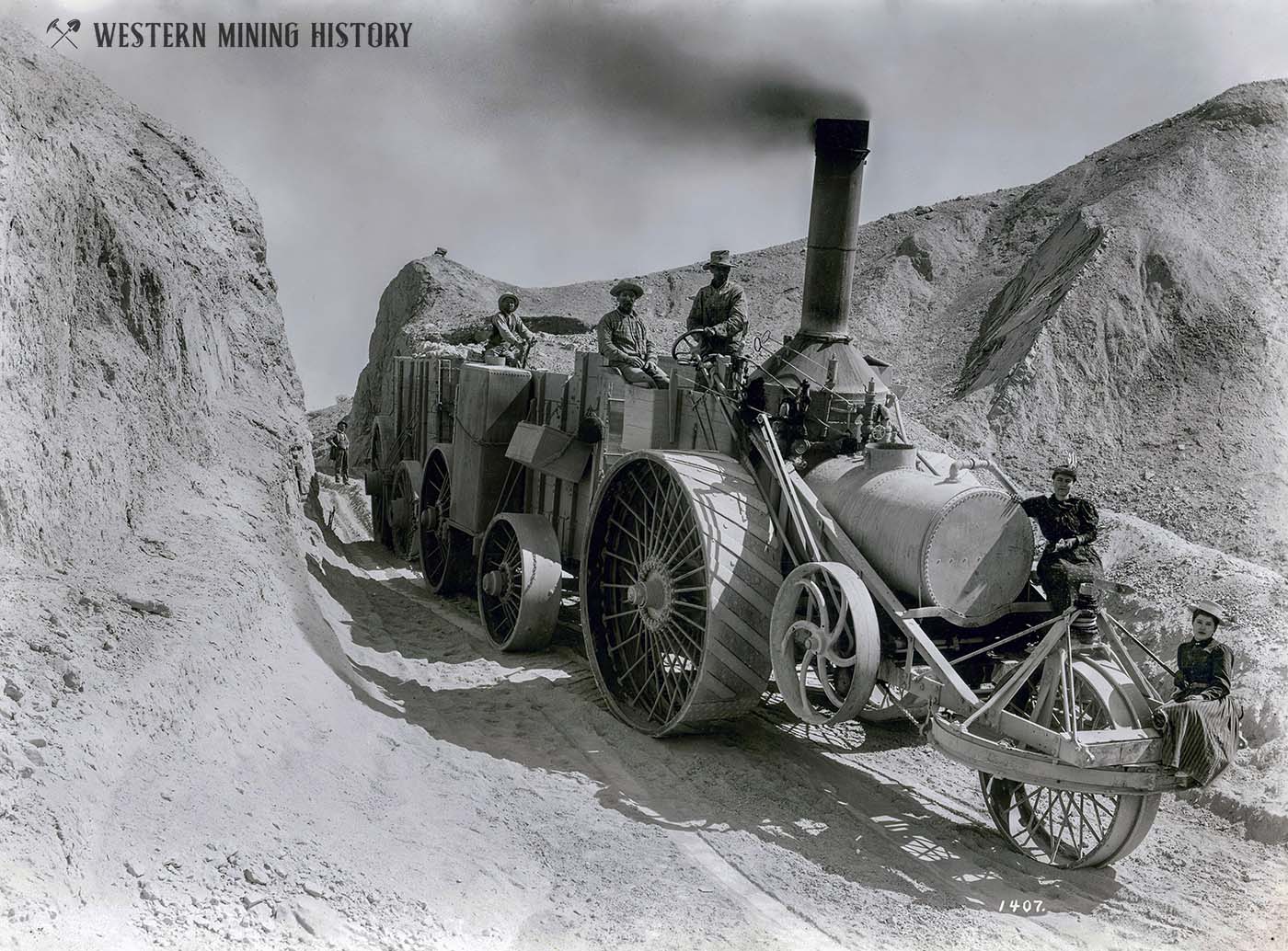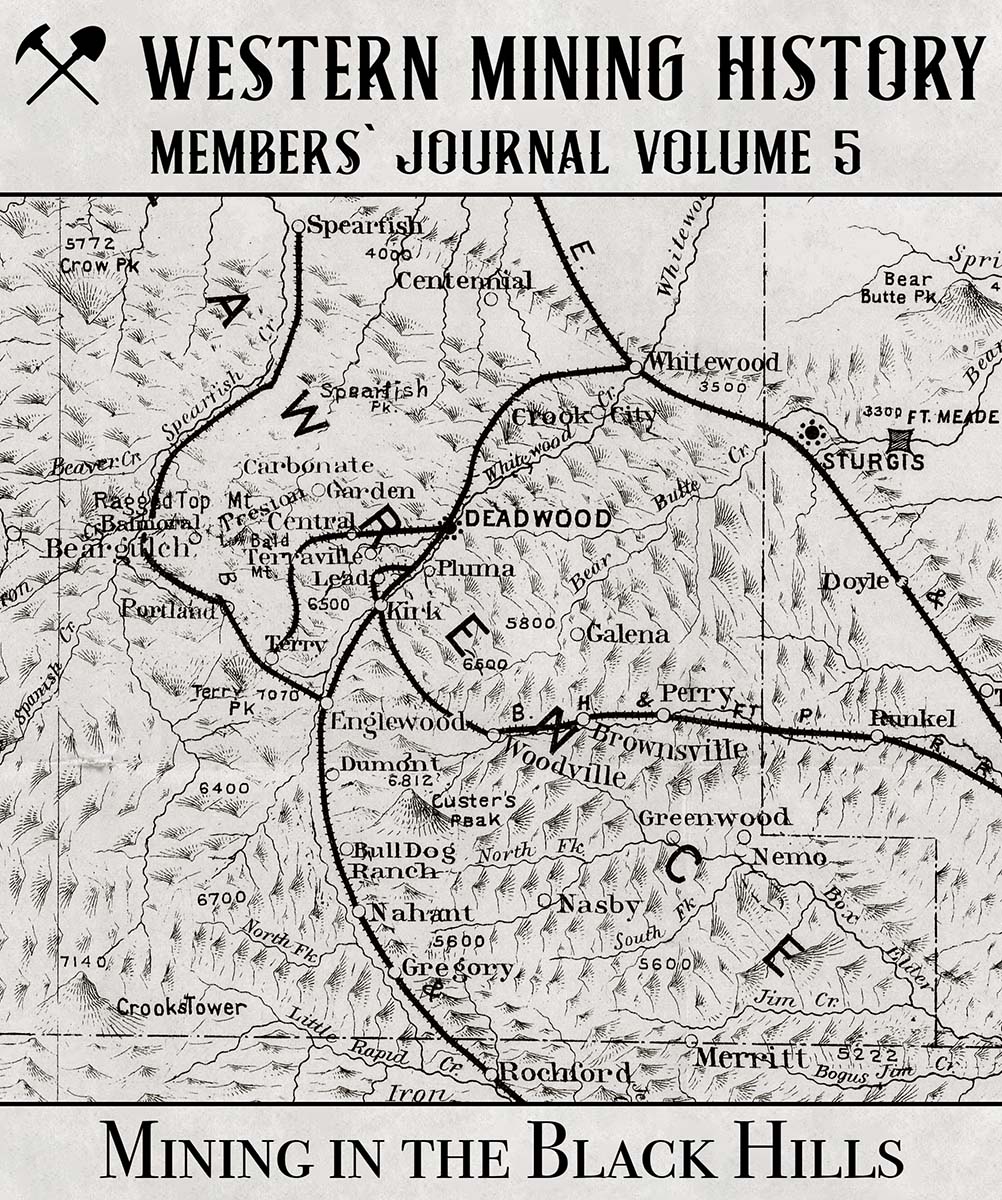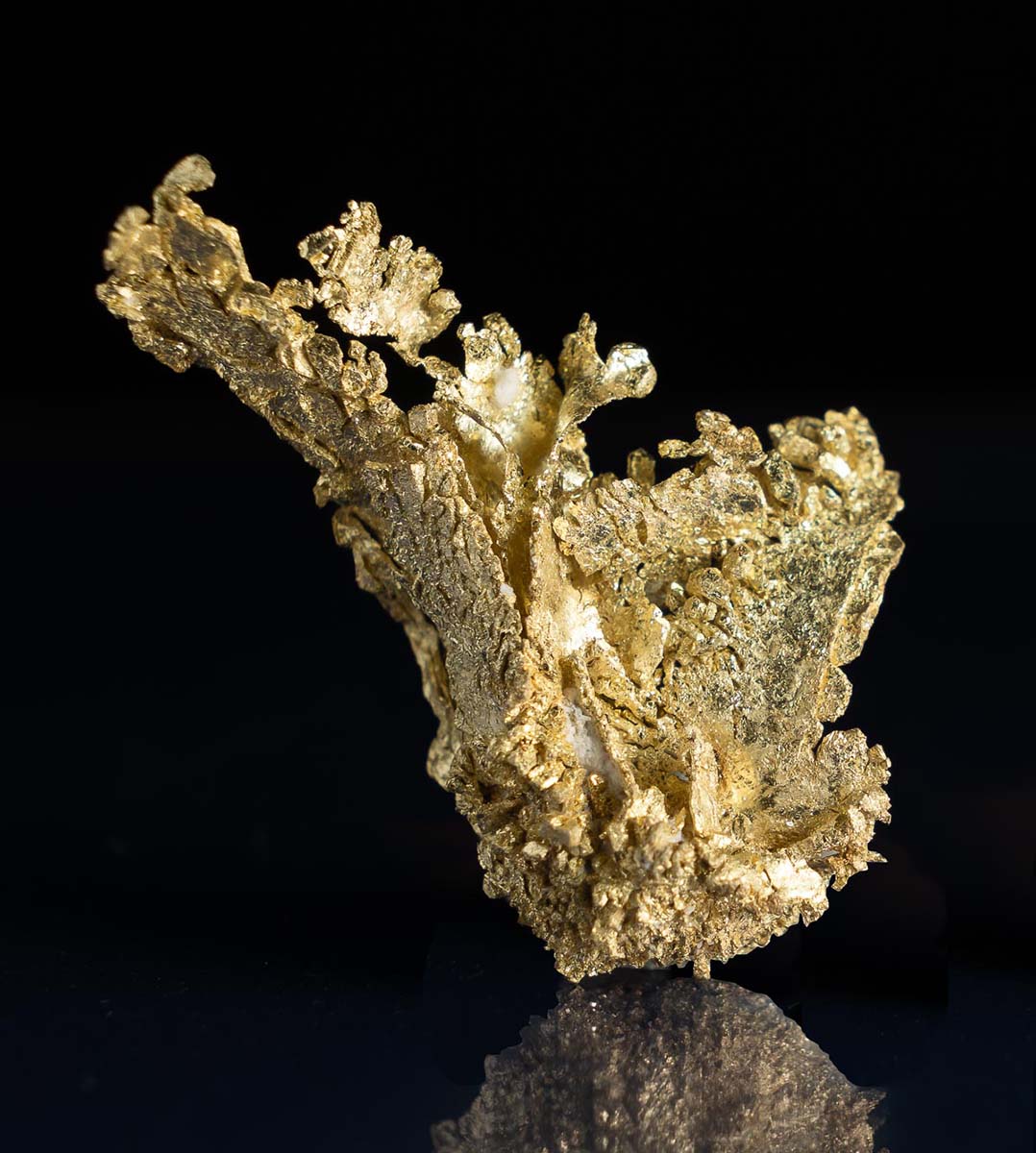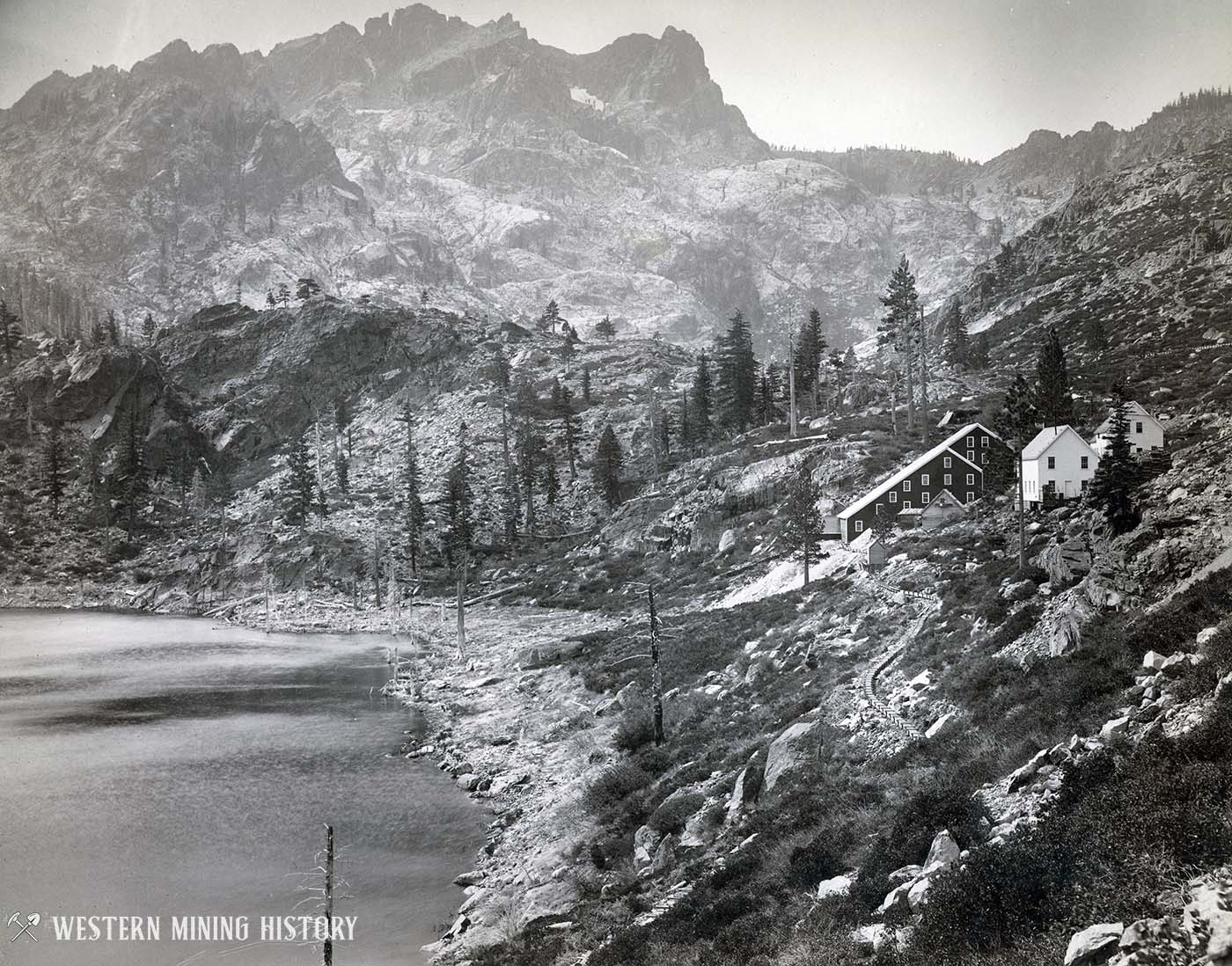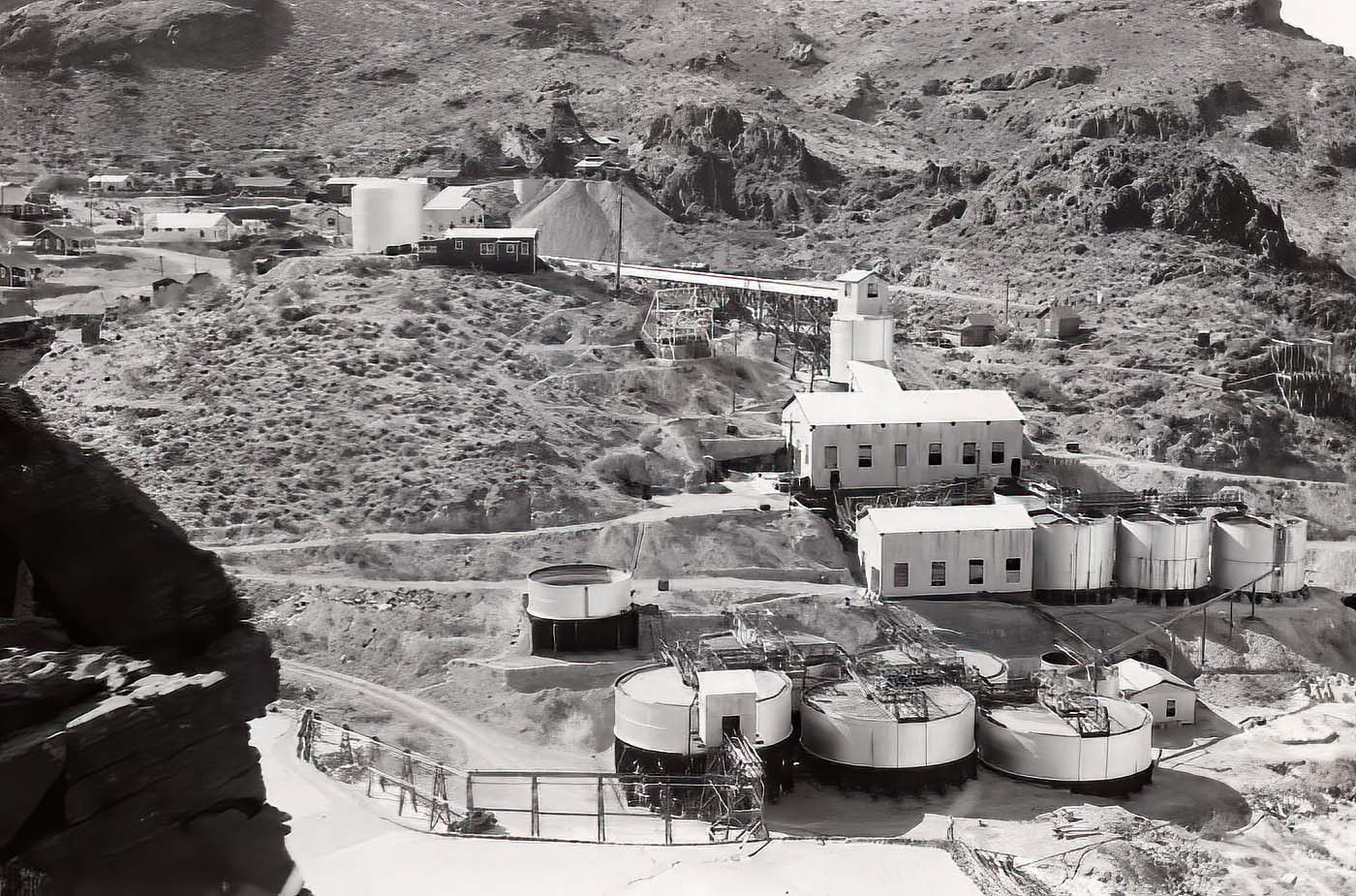The Leadville Ice Palace
In the 1890s, Leadville, Colorado was experiencing an economic depression. To boost the local economy, and the mood of the citizenry, in 1895 a plan was conceived to have a winter carnival, with the main attraction being a grand palace constructed almost entirely of ice.
